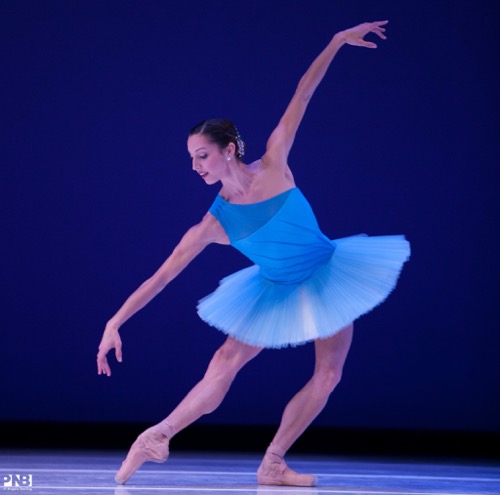
by Jessika Anspach McEliece
Her deafening scream reverberated through the studio.
Remembering it and my stomach still curdles. One moment she was doing petit allegro, the next writhing on the Marley floor in animalistic agony.
There are just some moments you never forget.
Moments you wish you could.
And yet these terrifying incidents are ones rarely thought of, let alone mentioned. It must be human nature to sweep the scary under the rug. Like those cheesy ceramic monkeys I often see in vintage shops, we choose to “see no evil, hear no evil, speak no evil,” superstitiously (and aren’t we dancers the worst?) believing that if we don’t speak it, acknowledge it, then it doesn’t exist. Injury won’t happen to us. We keep the lights on and those monsters “safely” under the bed.
But sometimes, no matter our diligence – how often we ice, how much we stretch or see the P.T., no matter how many “Zzz’s” we get, the monsters rear their frightening faces. And sometimes we end up on the Marley floor.
My “Marley moment” came May 15th, 2015. And I actually was on the floor. [Read more…]








